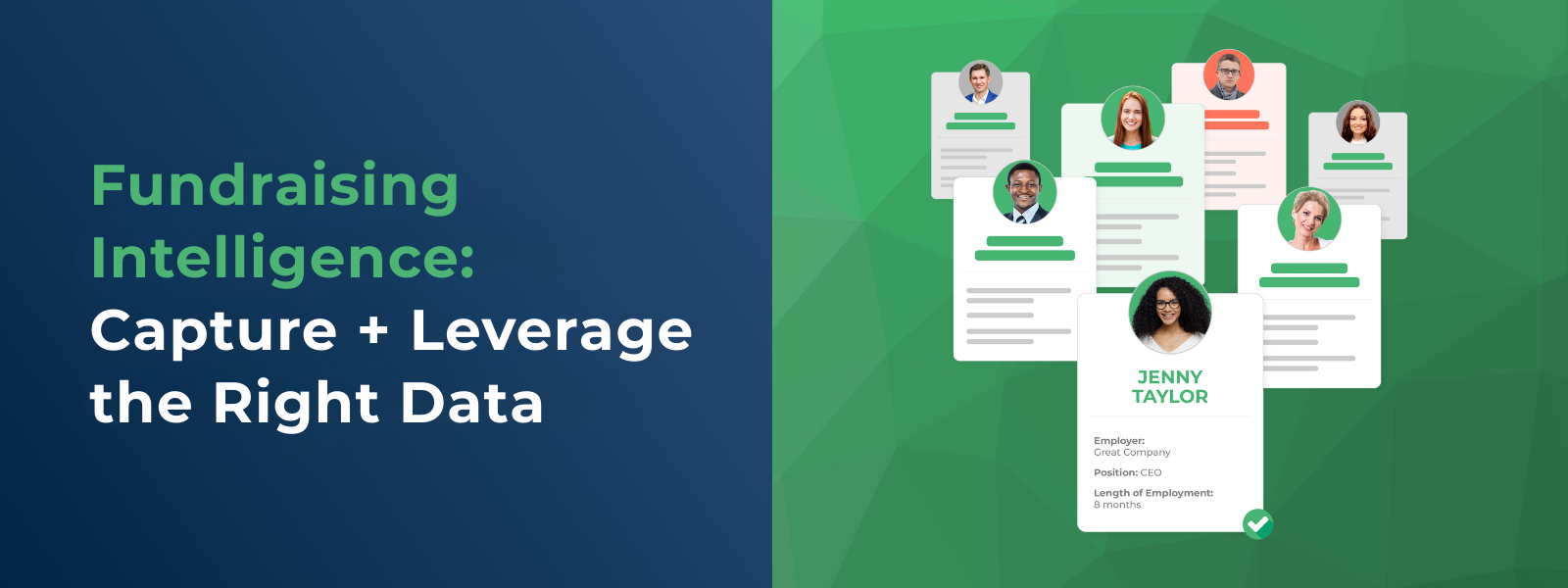
Fundraising Intelligence: Capture + Leverage the Right Data
In the modern nonprofit landscape, data is more than just numbers…
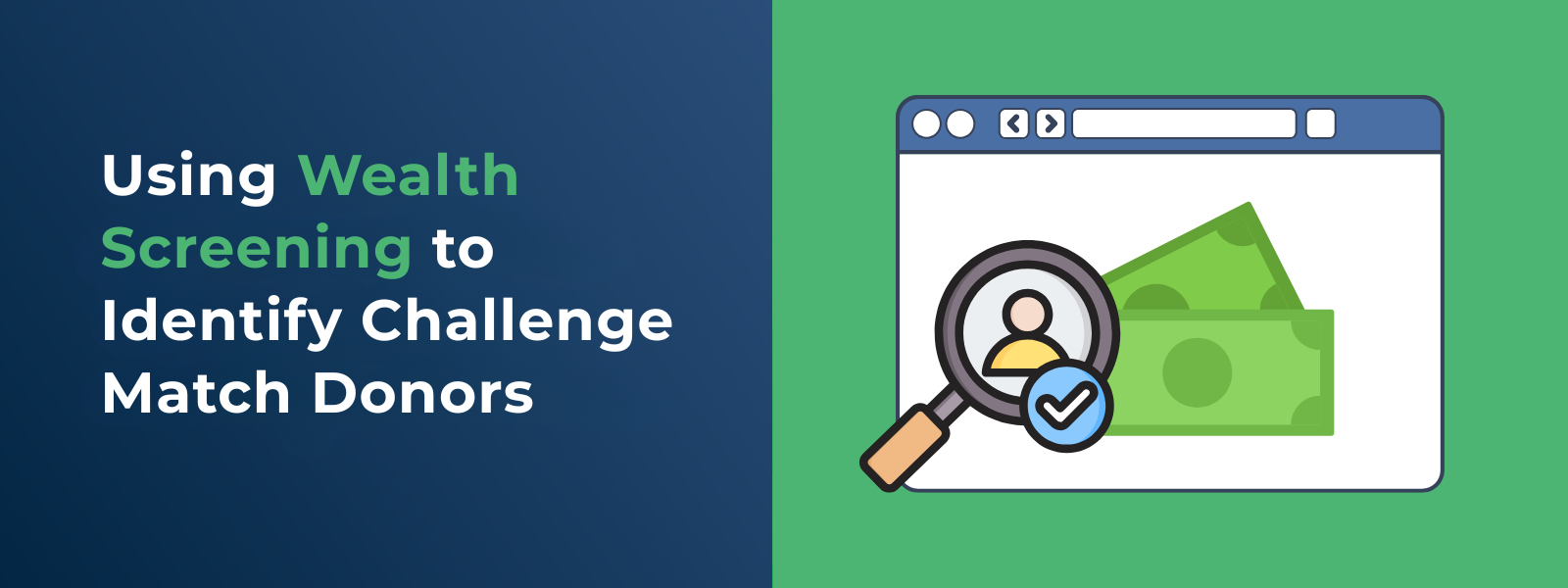
Using Wealth Screening to Identify Challenge Match Donors
Challenge matches rely on securing a significant financial pledge…
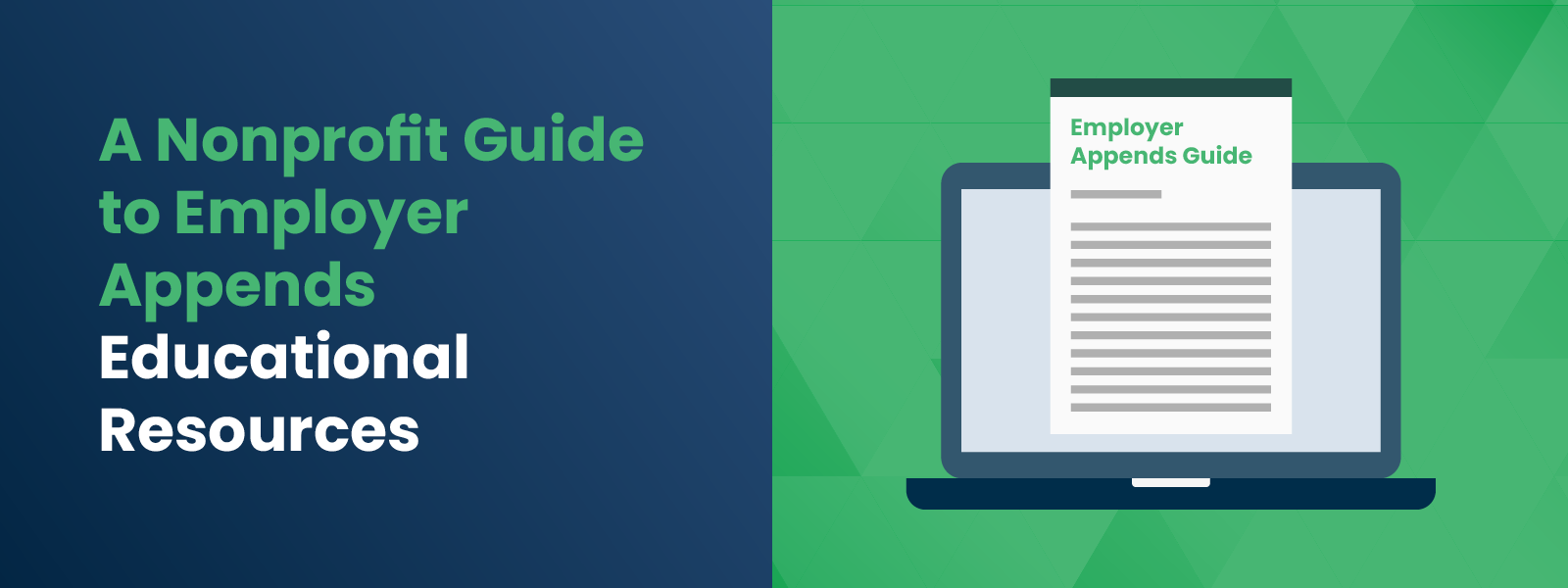
A Nonprofit Guide to Employer Appends Educational Resources
Data is the currency of the modern nonprofit sector, yet so many…
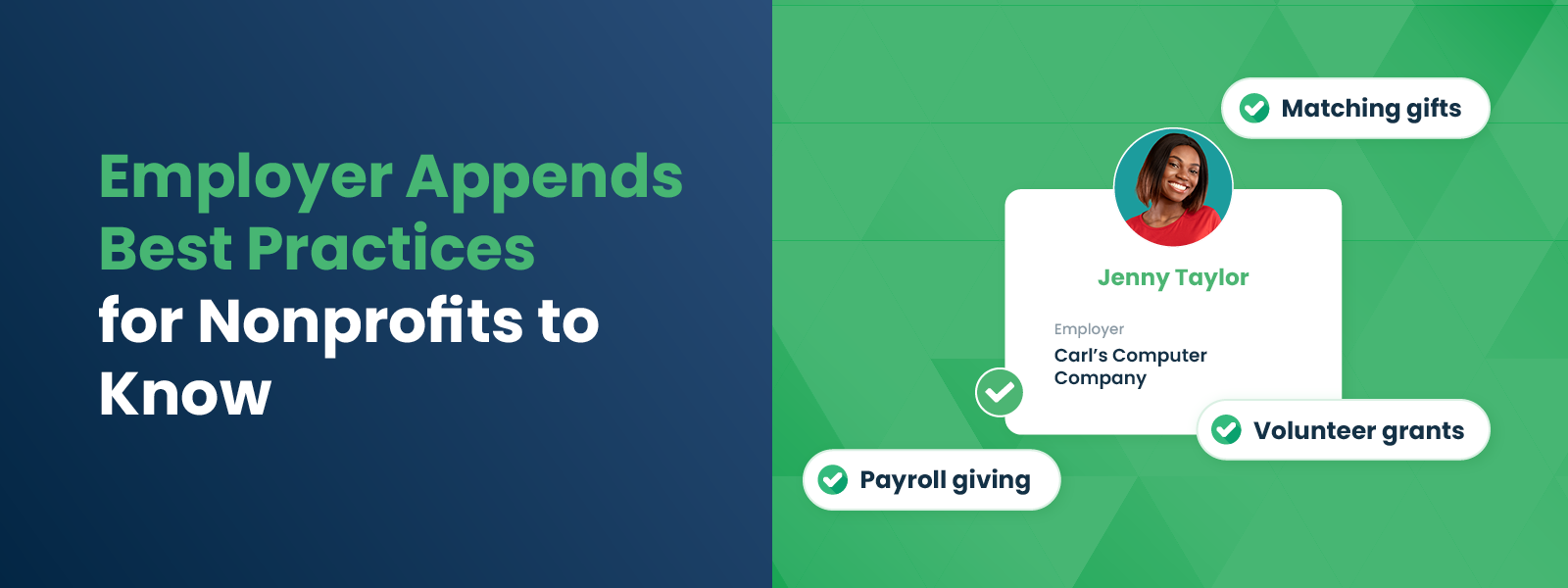
Employer Appends Best Practices for Nonprofits to Know
Data is the lifeblood of modern fundraising. It informs who you…
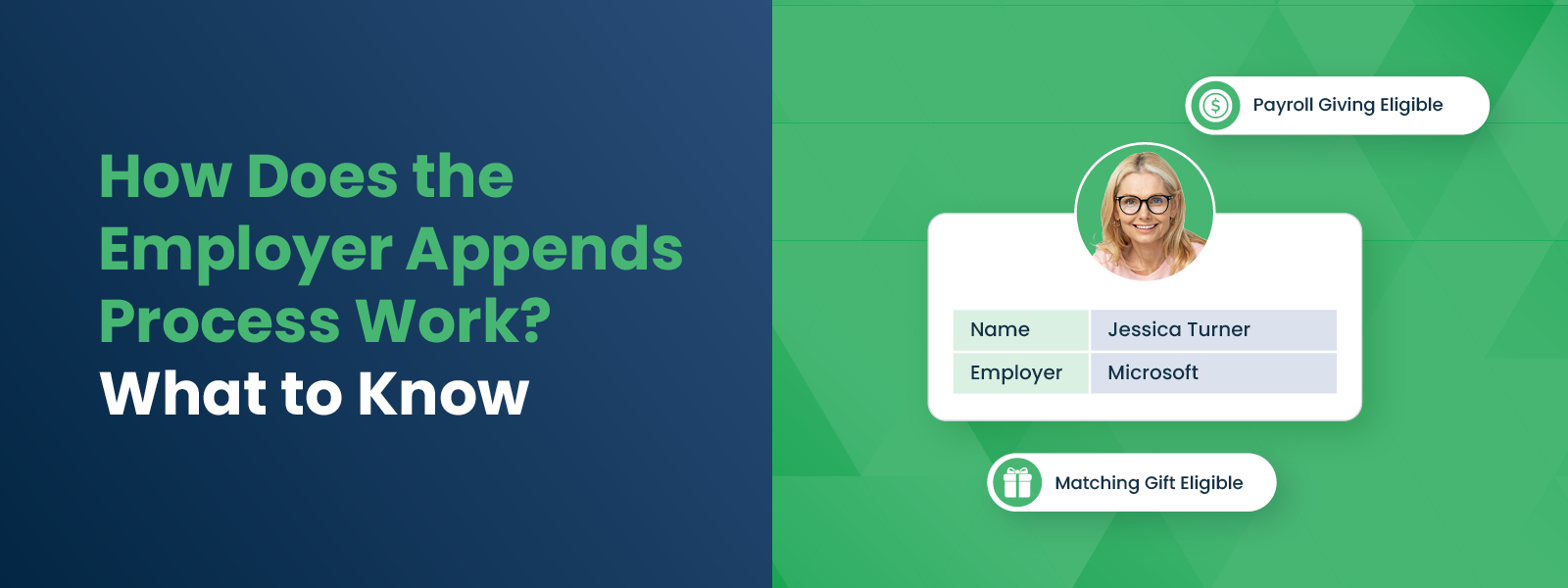
How Does the Employer Appends Process Work? What to Know
Data is the currency of modern fundraising, but for many nonprofits,…
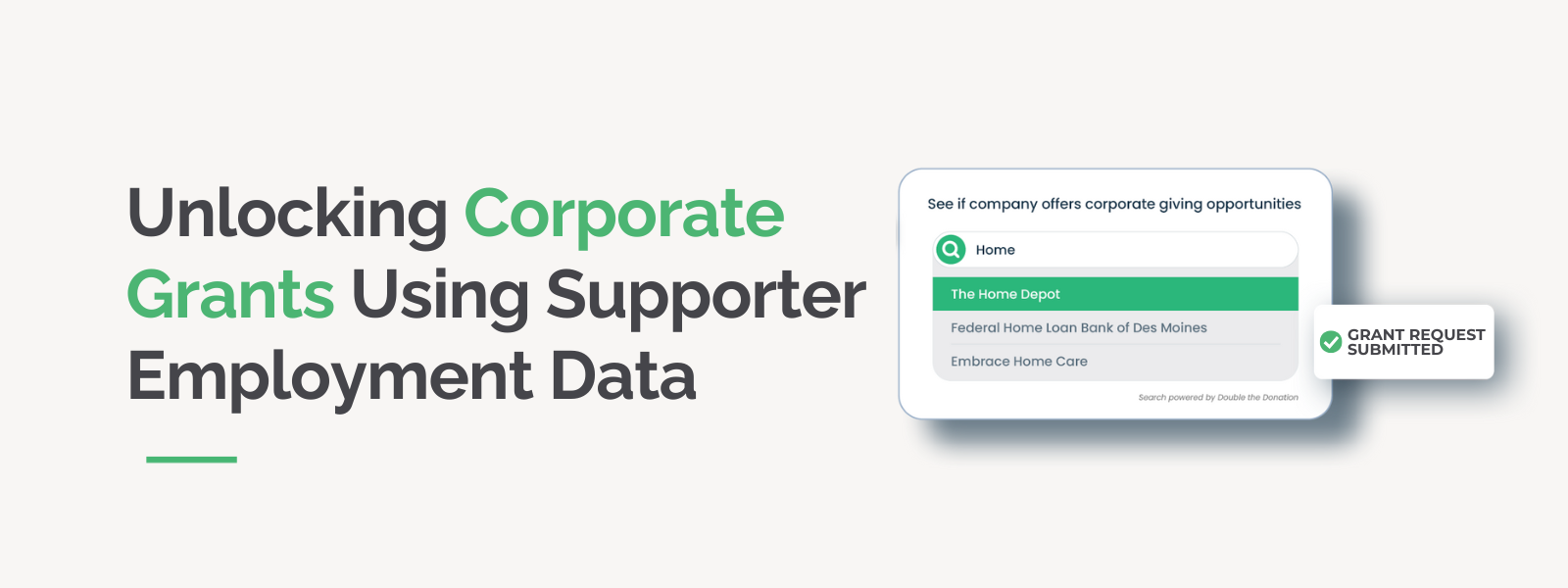
Unlocking Corporate Grants Using Supporter Employment Data
Securing corporate grants can often feel like a daunting task,…
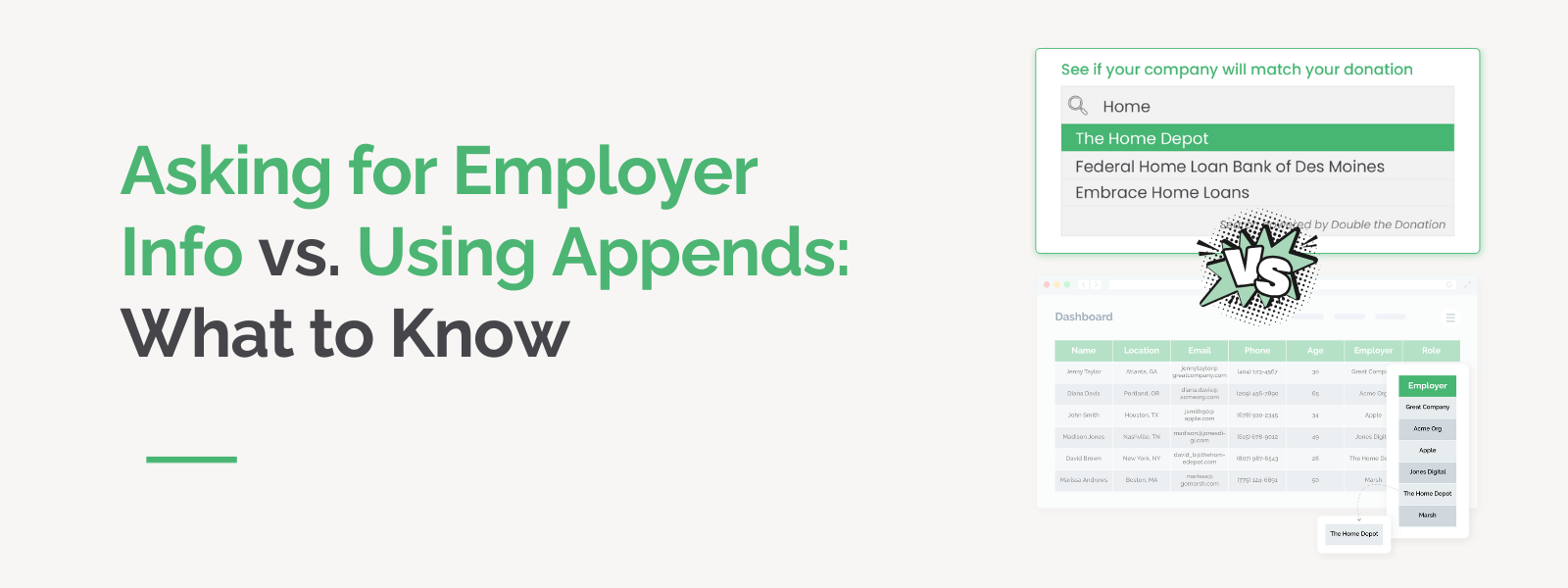 https://doublethedonation.com/wp-content/uploads/2025/07/DTD_Asking-for-Employer-Info-vs.-Using-Appends-What-to-Know_Feature.png
600
1600
Adam Weinger
https://doublethedonation.com/wp-content/uploads/2025/11/DTD-horizontal-logo-300x63.png
Adam Weinger2025-07-16 19:02:492025-11-21 04:29:31Asking for Employer Info vs. Using Appends: What to Know
https://doublethedonation.com/wp-content/uploads/2025/07/DTD_Asking-for-Employer-Info-vs.-Using-Appends-What-to-Know_Feature.png
600
1600
Adam Weinger
https://doublethedonation.com/wp-content/uploads/2025/11/DTD-horizontal-logo-300x63.png
Adam Weinger2025-07-16 19:02:492025-11-21 04:29:31Asking for Employer Info vs. Using Appends: What to Know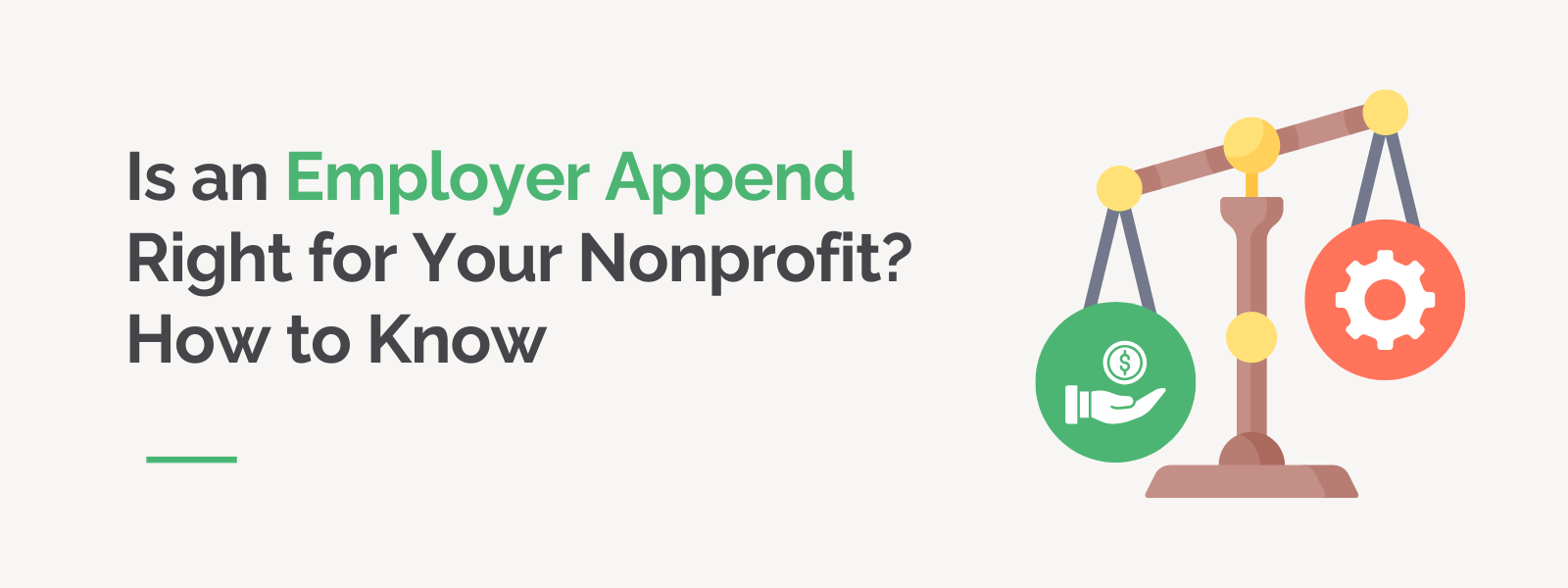
Is an Employer Append Right for Your Nonprofit? How to Know
If your donor database is missing key employment information,…
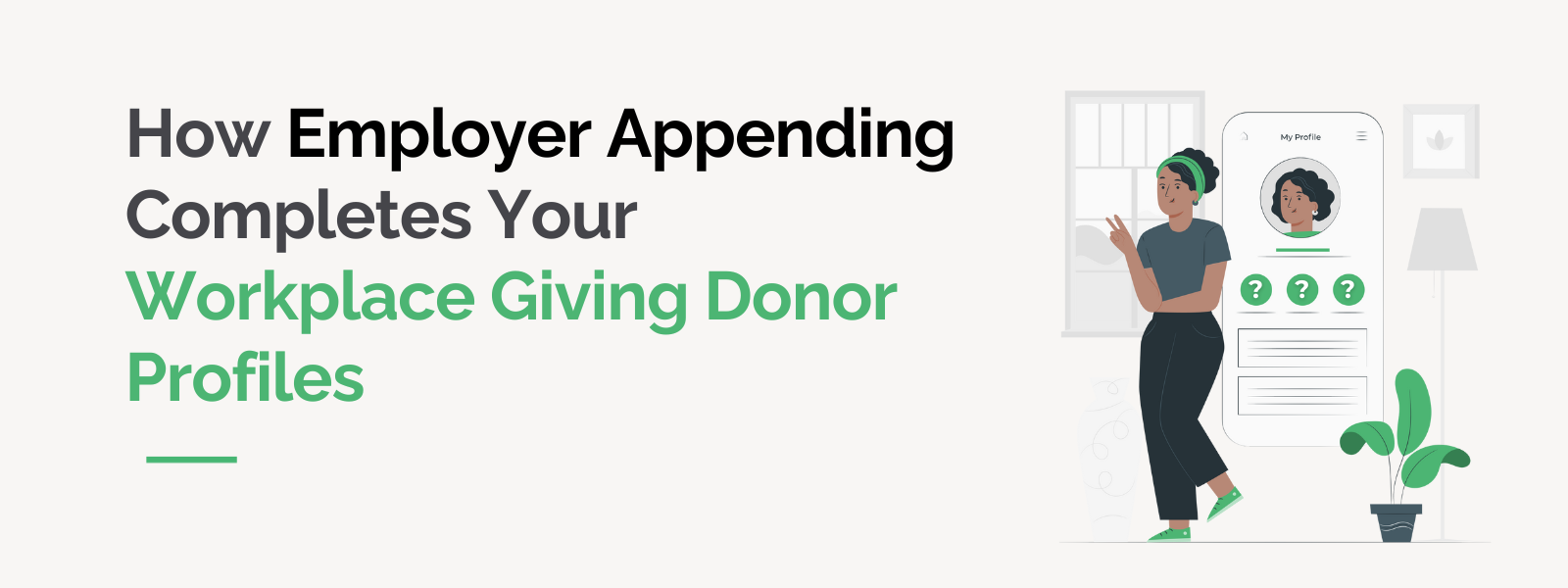
How Employer Appending Completes Your Workplace Giving Donor Profiles
When it comes to equipping your team with enhanced workplace…

